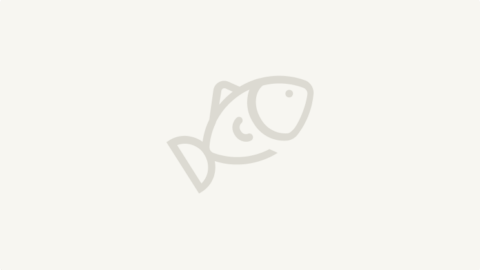How Alaska’s Crab Fishery Went from Deadliest Catch to Safest Catch
Reprinted with permission from SeaFoodNews.com (July 23, 2010)
A new study by the Anchorage-based National Institute for Occupational Safety and Health (NIOSH) details 504 fishing-industry deaths from 2000 through 2009. Shrimp fishing in the Gulf of Mexico was by far the most deadly fishery with 55 lives lost. That compares to a death toll of 12 Bering Sea crabbers during the same time. In fact, the Bering Sea crab fisheries can claim the lowest loss of life for all of Alaska’s major fisheries.
Since 2005, when the crab fishery began operating under a slower paced catch share system, one life has been lost in the Bering Sea; there have been no vessel sinkings.
Prior to catch shares, hundreds of boats would race to load up with Bering Sea crab in wild winter fisheries lasting mere days or weeks. Now, each vessel has a set amount of crabs to catch during extended seasons.
The improved safety is ‘black and white,’ said veteran crabber Bill Prout of Kodiak. ‘It’s so much better. We can wait for good weather. It’s really paying off in saved lives.’
Third generation crabber Lance Farr of Seattle said sleep deprivation is no longer an issue in the famous crab fisheries. ‘The catch share program has done what it was intended to do,’ Farr said. ‘It’s made it safer.’
Longtime crab skipper Kale Garcia agreed. ‘I know we’ll have to keep all the drama for Hollywood, but the reality is the Bering Sea crabbers have gone from the deadliest catch to the safest catch.’
The Bering Sea crab fleet is also more organized, having established an association, called the Alaska Bering Sea Crabbers, an alliance that represents all crab fisheries of the Bering Sea and Aleutian Islands and they have a website at www.alaskaberingseacrabbers.org










